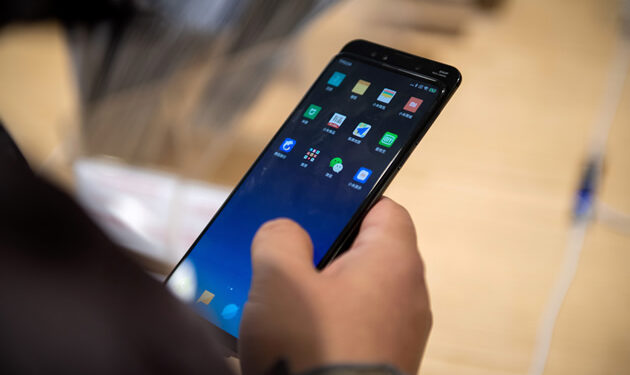South Korea, one of the world’s most digitally connected nations, has joined the growing list of countries banning mobile phones in classrooms. The new law, set to take effect in March 2026, prohibits the use of smartphones and other smart devices during class time, except when required for educational purposes or as assistive tools for students with disabilities.
The move comes amid mounting concerns about smartphone addiction, distracted learning, and the mental health effects of social media on adolescents. Policymakers argue that the ban is not about punishing students but about protecting their “right to learn” and supporting teachers who have long struggled with the disruptions of constant phone use.
Why South Korea Acted Now
South Korean students rank among the heaviest smartphone users globally, with studies showing increased screen time linked to anxiety, reduced attention span, and even declining academic performance. Educators report that the constant presence of phones in classrooms makes it harder to maintain focus, while parents worry about cyberbullying and overexposure to social media.
Initially, critics warned that restricting phone use might infringe on students’ rights. However, the country’s National Human Rights Commission shifted its position, concluding that targeted bans in classrooms are justified given the negative consequences of unrestricted use.
A Global Trend
South Korea is not alone. Across the world, governments are rethinking the place of smartphones in schools:
France introduced a nationwide ban in 2018 for students up to age 15. The law prohibits phone use during school hours, including breaks, with the goal of encouraging face-to-face interaction and reducing dependency on screens. Early studies suggest improved classroom behavior and stronger peer relationships.
Australia has rolled out state-level bans, with Victoria among the first to require students to leave phones in lockers during the school day. Teachers reported a noticeable drop in distractions and an increase in student engagement within the first year.
The Netherlands will enforce a similar ban starting in January 2024, citing the need to restore classroom focus. Like South Korea, it allows exceptions for medical and educational uses.
The United Kingdom has left decisions to individual schools, but many have adopted strict restrictions. Some schools report higher test scores and better concentration after limiting phone use.
The Debate: Protection or Overreach?
Supporters of the bans argue that they level the playing field by minimizing distractions, reducing online bullying, and giving students more opportunities to engage in real-world interactions. Teachers often find it easier to manage classrooms and maintain authority when phones are not a constant competitor for attention.
Opponents, however, warn that blanket bans risk infringing on digital rights and fail to prepare young people for a tech-driven world. Critics, including South Korea’s left-wing Jinbo Party, argue that students should instead be taught responsible use rather than stripped of the choice altogether.
Finding Balance in a Digital Age
What unites these debates is a common recognition: smartphones are not going away, but their role in schools must be carefully managed. South Korea’s law attempts to strike a balance by allowing exceptions for accessibility and learning while drawing clear boundaries around recreational use.
As more countries test different approaches, one lesson stands out: schools are no longer just spaces for traditional learning — they are also frontline arenas where societies negotiate how to live with technology responsibly.
For South Korea, the ban is both a safeguard and a signal. It acknowledges the power of technology while insisting that classrooms remain places where focus, discipline, and human interaction come first.













































































 EduTimes Africa, a product of Education Times Africa, is a magazine publication that aims to lend its support to close the yawning gap in Africa's educational development.
EduTimes Africa, a product of Education Times Africa, is a magazine publication that aims to lend its support to close the yawning gap in Africa's educational development.

